From an underdeveloped area in the Northeast of Hanoi , Long Bien district is leading the city in urban planning, management, and administrative reform; a place that "exports" many creative ideas and methods for the city and the Central Government to widely deploy.
Ahead of many movements
In 2003, when it was first established, the “village” mark was still clear in the minds of some leaders and people of Long Bien district. At that time, the district’s economy was still facing difficulties, but Long Bien district leaders overcame public opinion to choose a breakthrough, the key issue being planning.
The district leaders had to “beg” and borrow budget for planning. During the planning process, the district also encouraged creative ways of doing things, daring to think and dare to do, so many results were achieved. After only 2 years, Long Bien had a detailed 1/2000 plan for land use and traffic, and a plan for technical infrastructure.
The district is also the first locality to be decentralized by the city in terms of planning; the district has announced 60 planning projects and approved 236 detailed plans. Thanks to the planning, although the investment resources were limited when it was first established, Long Bien determined to build infrastructure first such as electricity, roads, schools, stations, flower gardens, parks, etc., helping a suburban district of Hanoi to quickly transform and modernize.
In Long Bien district, large, synchronous and modern urban areas have been formed such as: Viet Hung Urban Area, Sai Dong, Bo De, Thach Ban, Vinhomes Riverside, Rice Home Song Hong, Hanoi Garden City, Vinhomes The Harmony, Berriver Long Bien... contributing to the rapid change of urban appearance.
Long Bien has become the “new center” of Hanoi, an attractive and livable destination, leading to a wave of residents moving to the other side of the Red River to live, helping to reduce the inner-city population. Long Bien has truly become one of the busiest and most bustling places in the Capital.
On the other hand, with planning and synchronous investment in infrastructure, Long Bien has gradually attracted investors, strongly promoted land resources, and created a large source of revenue for the budget. In 2021, the district was one of the units with the highest revenue in the city with nearly 13,000 billion VND, 48 times higher than the first day of establishment; over 10,000 enterprises and 10,000 individual business households; in which, many large economic groups and enterprises located in the area have proven the attractiveness and strong development of the land of Long Bien, a land of talented people. In 2022, despite the severe impact of the COVID-19 pandemic, the district still achieved a revenue of 11,358 billion VND.
In state management, Long Bien district has chosen administrative reform; focusing on three pillars: human resource training, process standardization and information technology application. According to the results of the administrative reform index of Hanoi city, Long Bien district has ranked first in the administrative reform index of districts, towns and cities for many consecutive years.
The district has reviewed and shortened the processing time for hundreds of administrative procedures, reducing from 1 to 20 working days compared to before. The development of an internal process for receiving and processing administrative procedures for all administrative procedures helps facilitate management, closely monitor the implementation time, responsibilities of each individual and related unit, shorten the focal point, and shorten the time to process documents.
Since 2016, Long Bien district has piloted level 3 online public services in the following areas: Civil status, urban management, culture and sports ...
Many districts, towns and provinces have come to Long Bien to learn and apply the administrative reform model to better serve the people and businesses. In addition, Long Bien is the first district in the city to support 100% of voluntary social insurance contributions for poor and near-poor households, creating a breakthrough in social security.
Build a model district
Hanoi is implementing the procedures to adjust the master plan of the capital until 2045 with a vision to 2065. This is a new opportunity, a new chance to create a Long Bien - a "new center" on the banks of the Red River. This also meets the expectations of the leaders of the Party, the State and the city on the development of Long Bien district.
Politburo member and National Assembly Chairman Vuong Dinh Hue, when he was still Secretary of the Hanoi Party Committee, emphasized during a working session with Long Bien district in early 2021 that the district must build and manage a green, smart, and modern urban area, striving to become a model district of the city.
According to Dr. and architect Vu Hoai Duc, Long Bien still has a lot of room for development to meet the expectations of the leaders of the Party, State and city. With 2,250 hectares of land outside the dike, accounting for 37% of the district's natural land, it is necessary to awaken this space by calling for investment in the direction of the State and the people working together; mobilizing social resources. Therefore, the district needs a separate development program, carefully preserving the "Red River green corridor" area as a necessary step in the coming time.
Agreeing with the above viewpoint, Dr. Pham Anh Tuan, Head of the Department of Landscape Architecture, Hanoi University of Civil Engineering, added that when Long Bien develops the area along the Red River, it will not only improve the quality of architectural space but also improve the climate, creating for the inner-city residential community, which is already cramped, to be able to go to the river to enjoy more outdoor living space and water surface. Long Bien District will promote people to plant trees and create street landscapes to maintain the "green belt" for the city.
Mr. Nguyen Manh Ha, Chairman of the People's Committee of Long Bien District, said that at this time, the government and people are together re-identifying the position and value of the "Dragon" land, together determined to build the district into a livable place with the main pillars: Knowledge, environment, health and culture.
With this goal, the district is proposing that the city assign the district to establish a project to manage 883 hectares of agricultural land outside the dike and 341.2 hectares of unused land (alluvial land along the Red River and Duong River); speed up the investment progress of a number of projects implemented in the district, including: Tran Hung Dao Bridge; Giang Bien Bridge; An Lac centralized wastewater treatment plants in Phuc Dong Ward; invest in upgrading the Duong River waterway; Co Linh Road - Vinh Tuy Bridge intersection... Relocate a number of polluting production facilities out of the area; concretize the Red River urban zoning plan, scale 1/5,000 and the Duong River urban zoning plan (R6), scale 1/5,000...
During the working sessions with Long Bien district, Secretary of the Hanoi Party Committee Dinh Tien Dung said that although there are still some issues that need attention in urban management and security and order that need to be overcome, in the coming time, the city will choose Long Bien as one of the priority places to highlight new issues of the city in various fields, assigning the district to be the investor of the city's projects in the area, thereby creating a new driving force for the district.
The Secretary of the Hanoi Party Committee suggested that the district continue to innovate the thinking and leadership methods of the Party committees and organizations; unify the will and determination to act; further promote the spirit of innovation, creativity, daring to think, daring to do, daring to take responsibility to build Long Bien district civilized, elegant, modern, and worth living./.
Source link




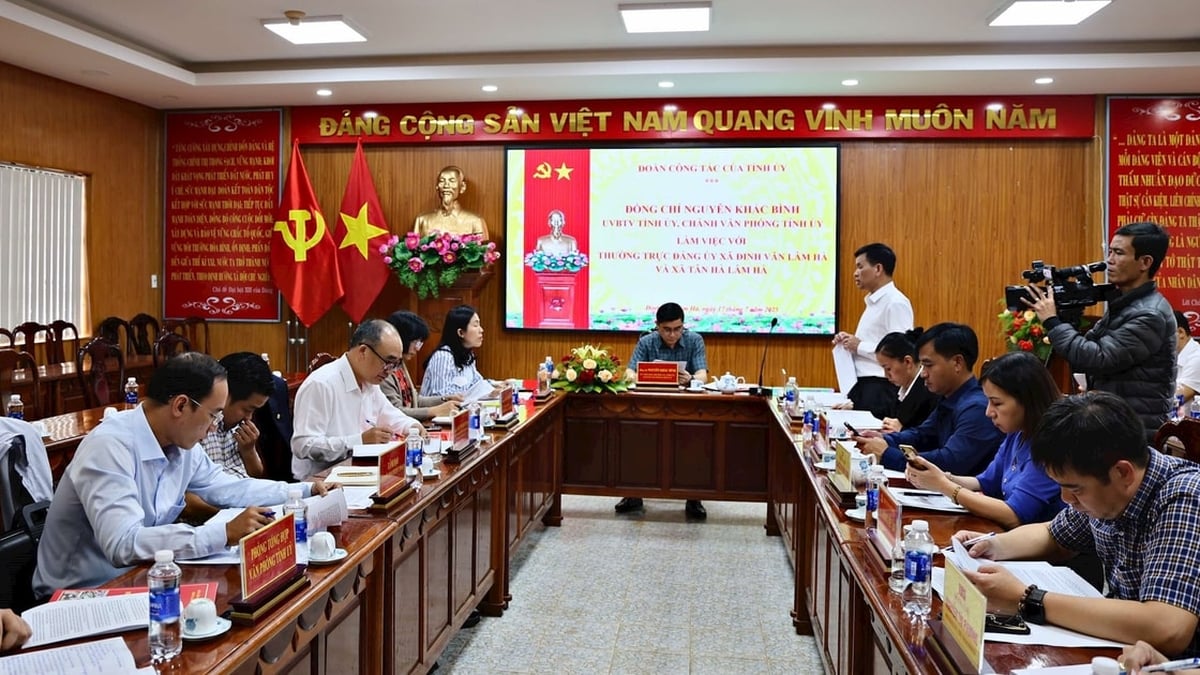
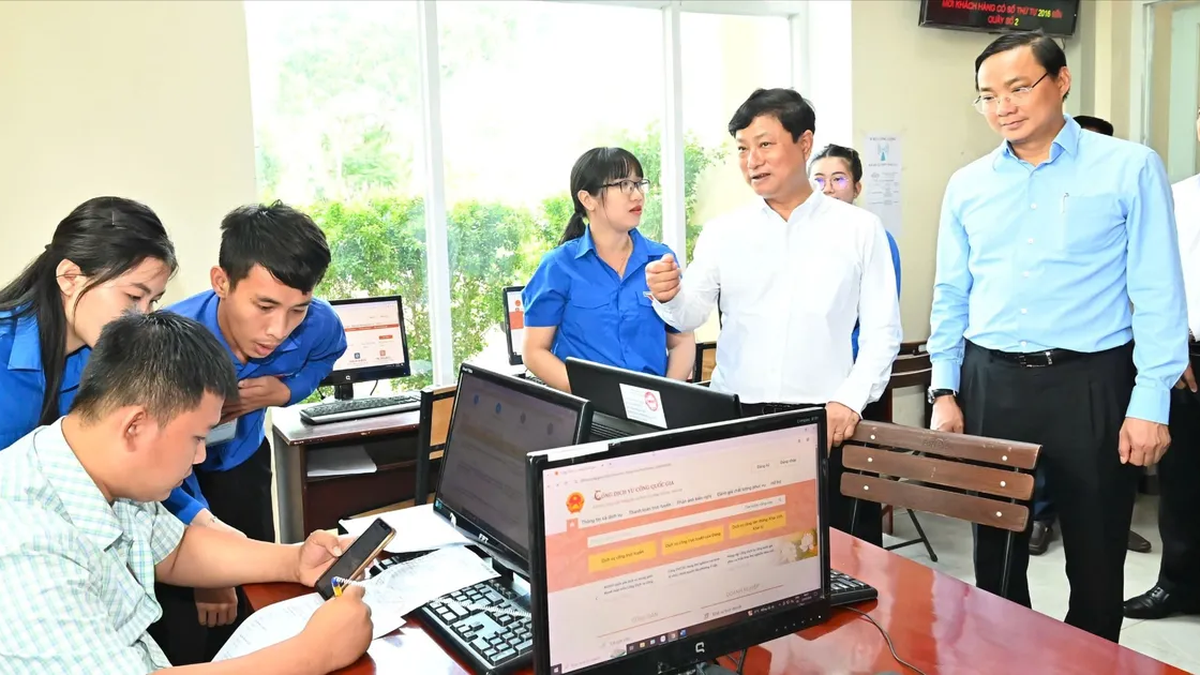
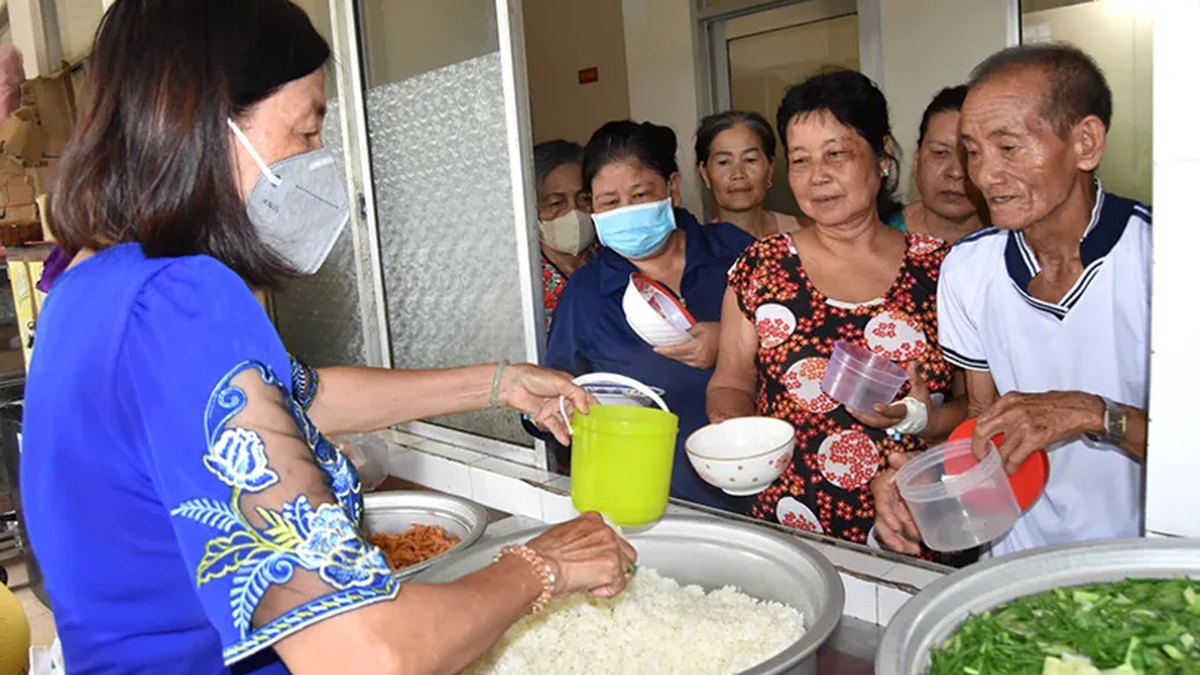
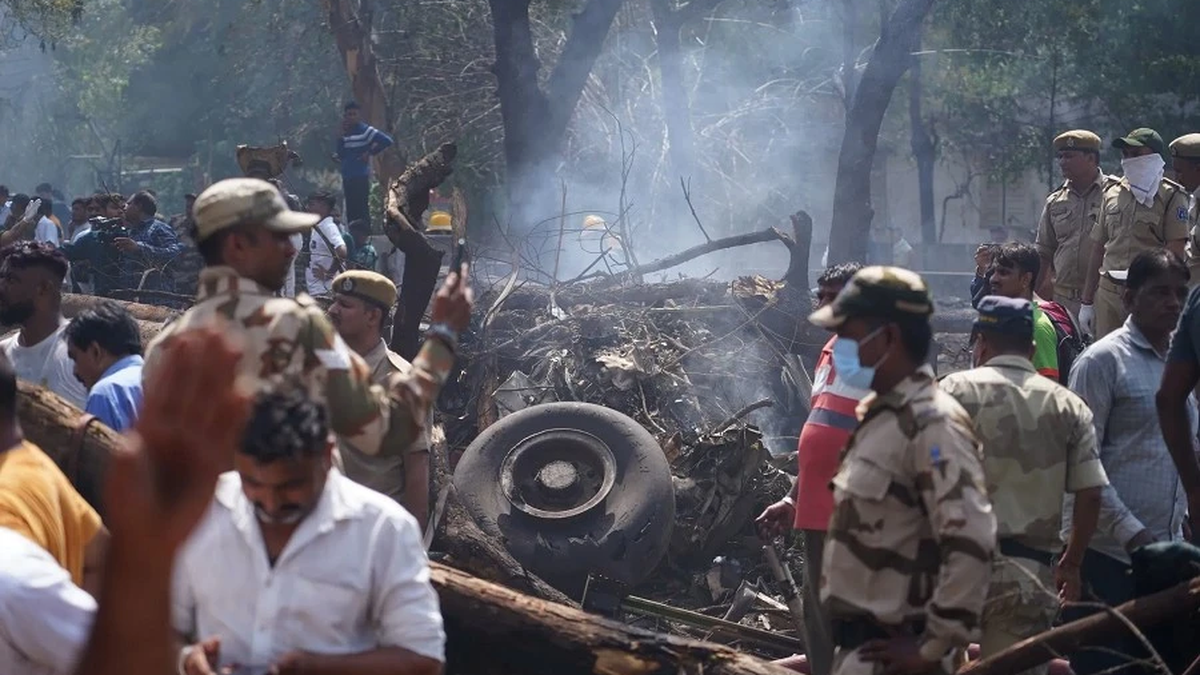
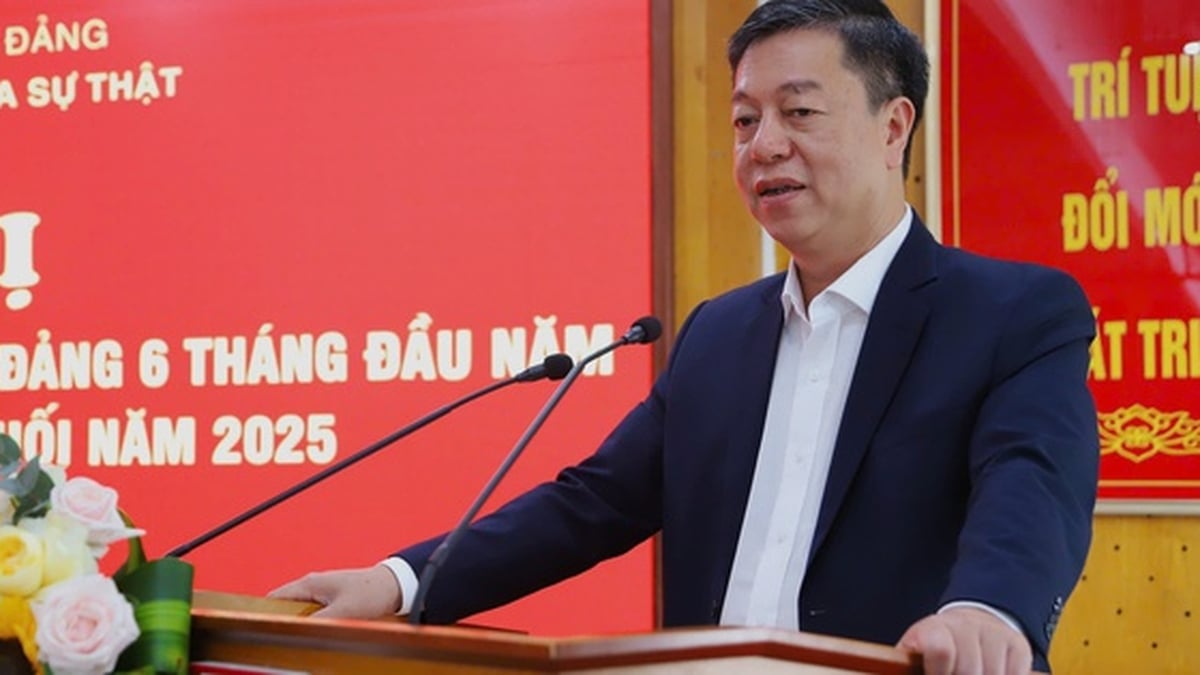
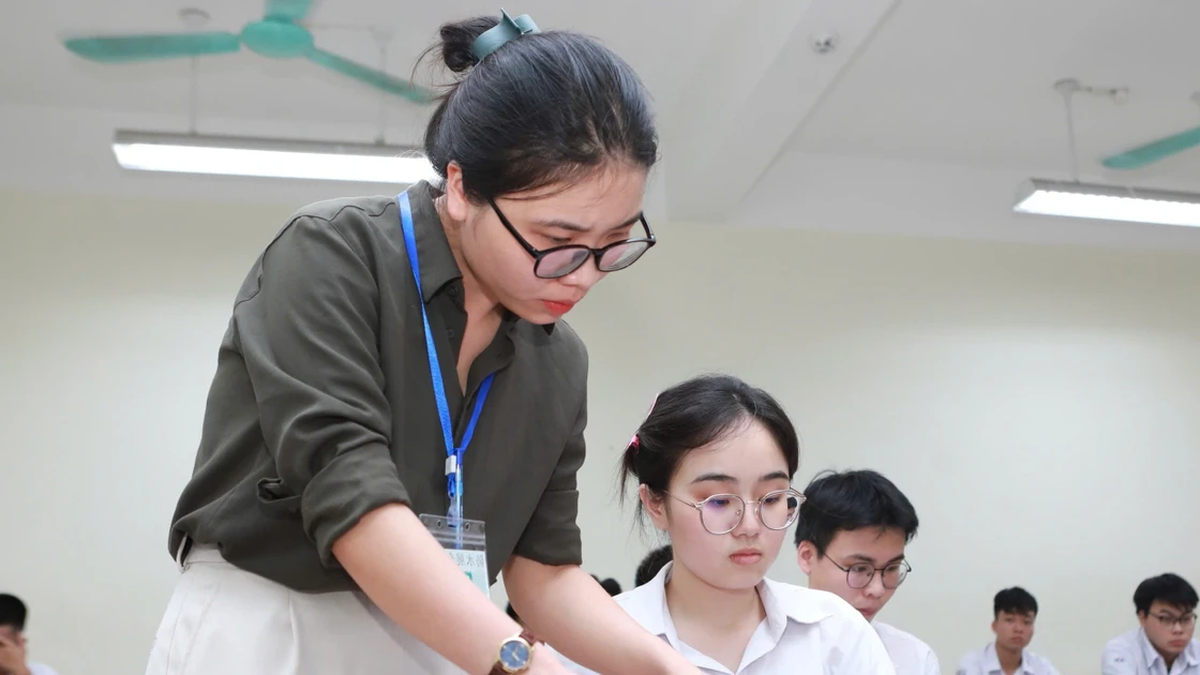

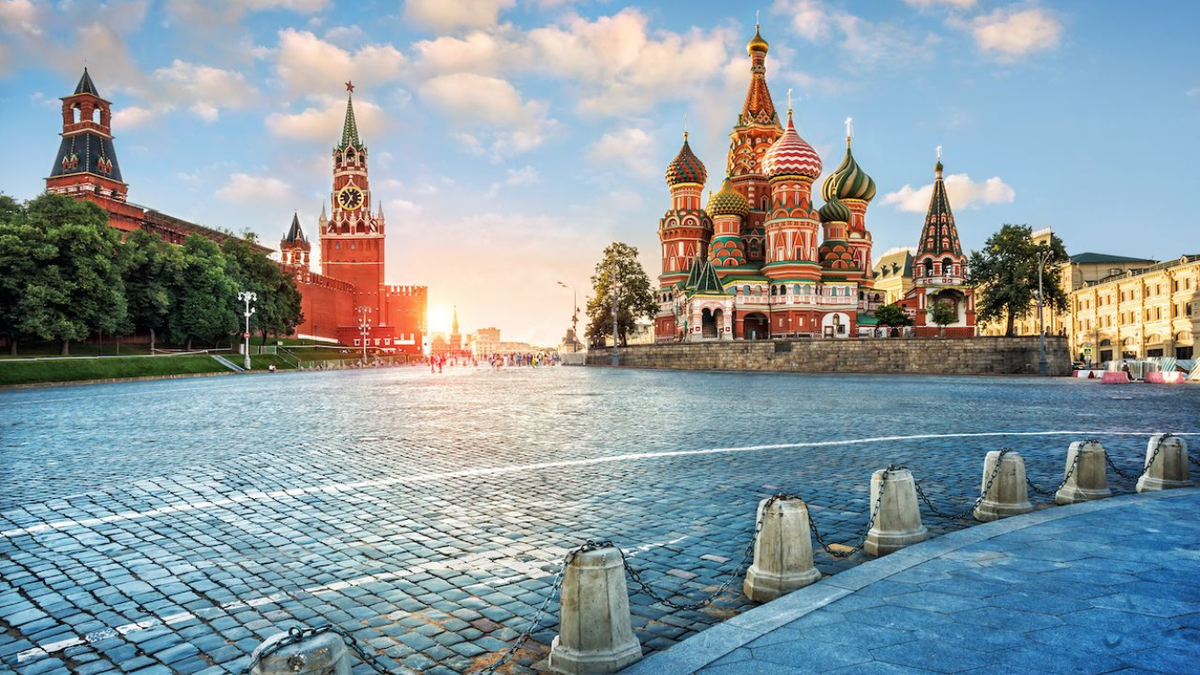












































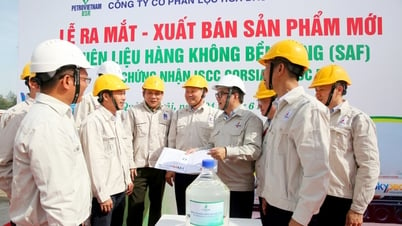





![[Maritime News] More than 80% of global container shipping capacity is in the hands of MSC and major shipping alliances](https://vphoto.vietnam.vn/thumb/402x226/vietnam/resource/IMAGE/2025/7/16/6b4d586c984b4cbf8c5680352b9eaeb0)




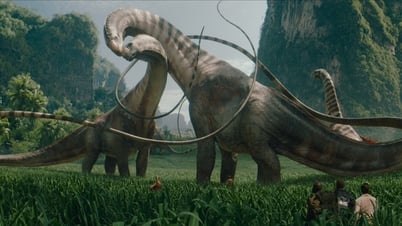

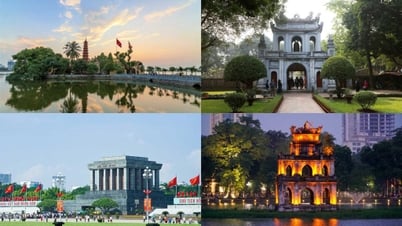

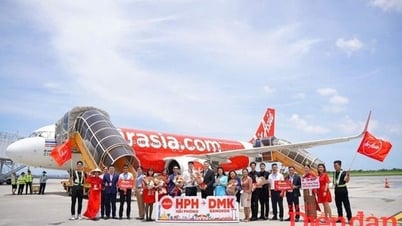

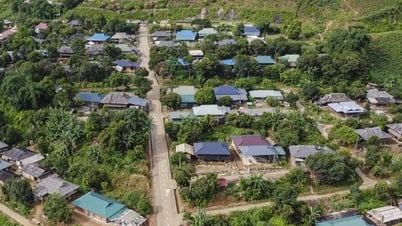
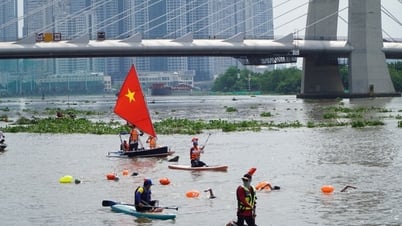
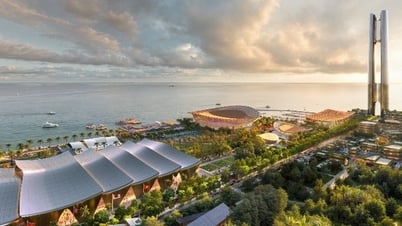
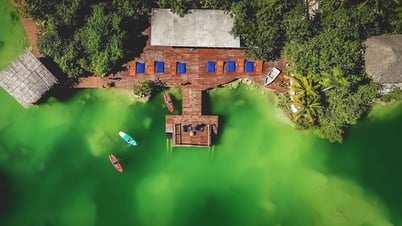
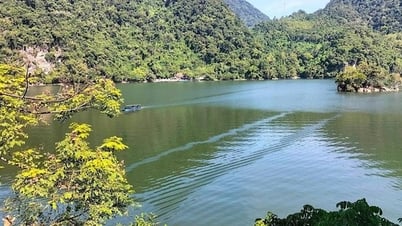























Comment (0)